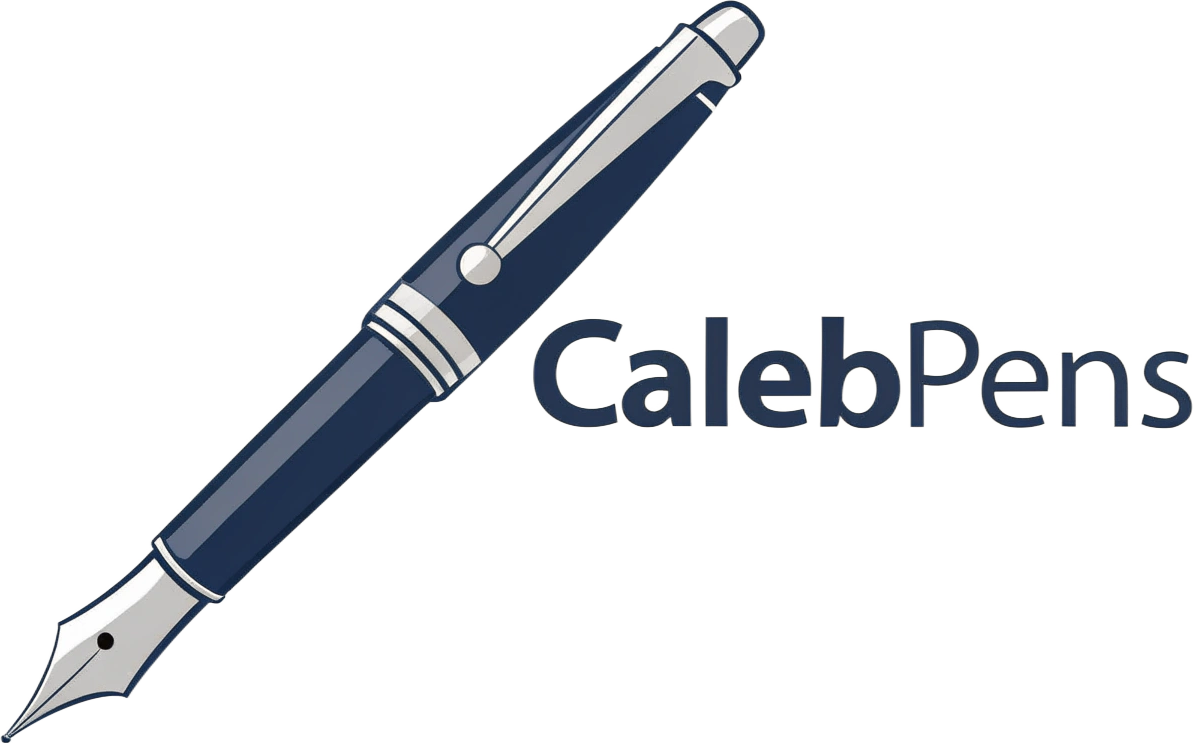Unlocking the Power of Words: The Art and Science of Newsletter Writing
In an era where information overload is the norm, newsletters have emerged as powerful tools for engaging audiences and fostering connections. Whether you’re a small business owner, a nonprofit organization, or an individual with a passion project, mastering the art of newsletter writing can transform your communication strategy. This article delves into the intricacies of creating compelling newsletters, the psychology behind effective writing, and some practical tips to help you shine in your newsletter endeavors.
First and foremost, let’s consider the purpose of a newsletter. Unlike traditional marketing materials, which often scream for attention, newsletters aim to cultivate relationships through informative and engaging content. The goal is to inform, inspire, and sometimes entertain. Understanding your audience is crucial—what are their interests? What challenges do they face? Tailoring your content to meet these needs not only captures attention but fosters loyalty and trust.
Now, onto the psychology of writing. A well-crafted newsletter should evoke emotion and encourage action. Utilizing storytelling techniques can significantly enhance your newsletter’s impact. Share anecdotes that resonate with your readers or highlight success stories that inspire. Remember, people connect with people, not brands. So, let your personality shine through! Use a conversational tone, sprinkle in humor where appropriate, and don’t shy away from vulnerability. Your audience will appreciate your authenticity and be more likely to engage with your content.
Once you’ve established a strong voice, focus on structure. An effective newsletter typically includes several key elements: a captivating subject line, an engaging introduction, informative body content, and a clear call to action. The subject line is your first chance to grab attention—make it intriguing and relevant to pique interest. The introduction should quickly convey what readers can expect, while the body should be rich with valuable information. Break up large blocks of text with headings, bullet points, and visuals to keep your content digestible.
Additionally, consider the format of your newsletter. Will it be digital, printed, or both? Digital newsletters allow for more interactive content—think videos, hyperlinks, and engaging visuals. If you’re going the printed route, pay attention to layout and design. The aesthetics of your newsletter can enhance the reader’s experience and reflect your brand’s identity.
Budget-friendly options for newsletter creation are plentiful. Many platforms, such as Mailchimp or Substack, offer free tiers with essential features to get you started. These tools often provide templates that streamline the design process, allowing you to focus on your content rather than getting lost in technicalities. For those willing to invest, premium services offer advanced analytics, automation, and segmentation features to refine your outreach further.
Now, let’s talk about consistency. A well-planned schedule for your newsletters is essential to maintain engagement. Whether you choose to send out a weekly, bi-weekly, or monthly newsletter, ensure that you stick to this schedule. Consistency not only builds anticipation but also establishes your credibility as a reliable source of information.
However, don’t be afraid to experiment. Try different formats, content types, or themes to see what resonates best with your audience. For instance, consider running surveys or polls to gather feedback directly from your subscribers. This not only engages your audience but also provides valuable insights that can guide your content strategy moving forward.
As trends in newsletter writing evolve, staying updated on best practices is vital. The current trend leans towards personalization and targeted content. Segmenting your audience based on their preferences allows you to tailor your newsletters even further, ensuring that the information provided is relevant and beneficial.
Lastly, remember the power of the call to action (CTA). Every newsletter should conclude with a clear and compelling CTA, whether it’s directing readers to your website, encouraging them to share the newsletter, or prompting them to engage with your content on social media. This final nudge can significantly impact your audience’s interaction with your brand.
In conclusion, the art of newsletter writing is a blend of creativity, strategy, and psychology. By understanding your audience, crafting compelling narratives, and maintaining consistency, you can unlock the full potential of your newsletters. Embrace the process, stay adaptable, and watch as your newsletters transform from simple communications into powerful engagement tools that drive action and build lasting connections.

